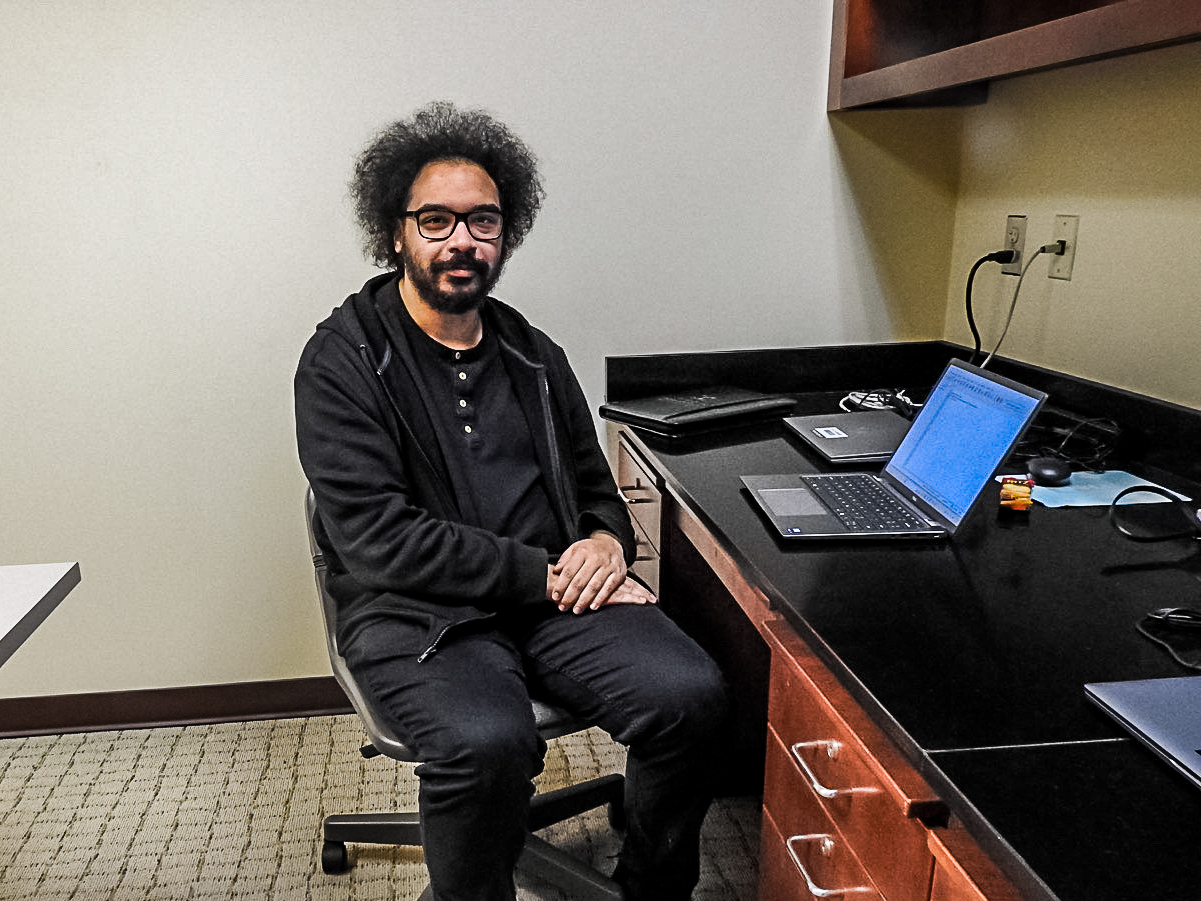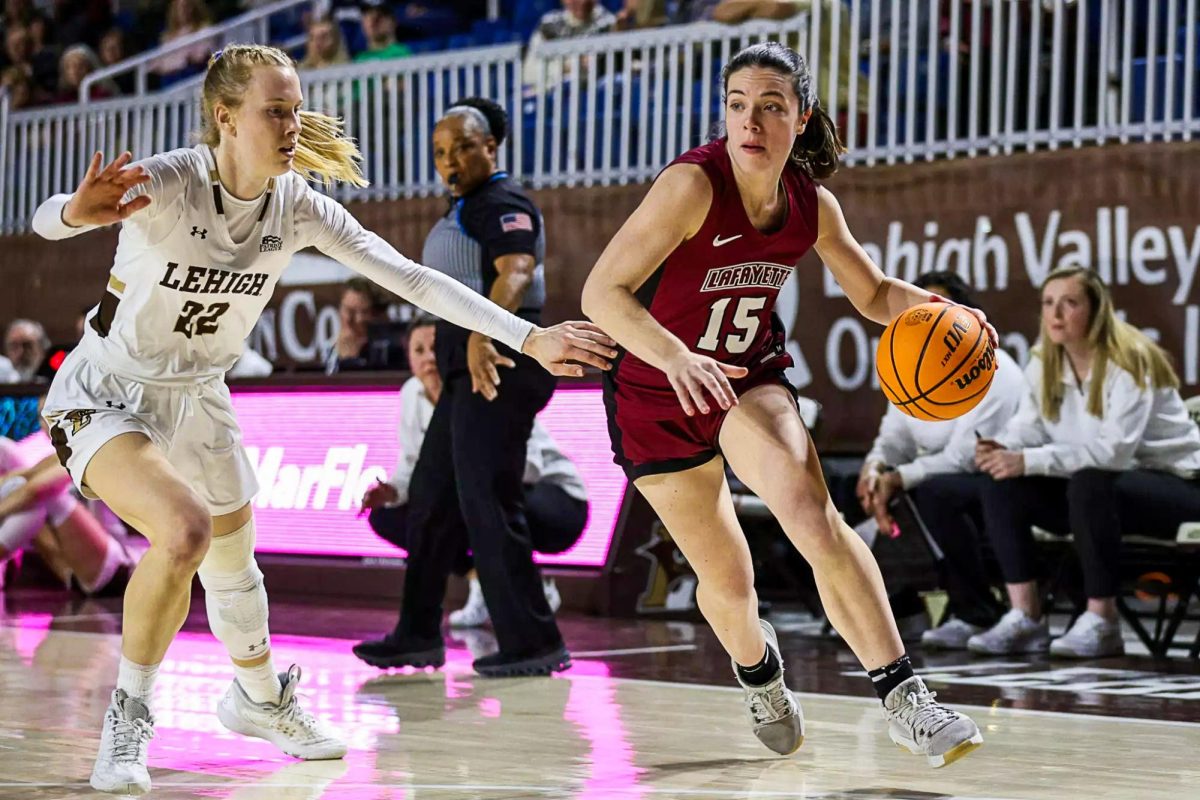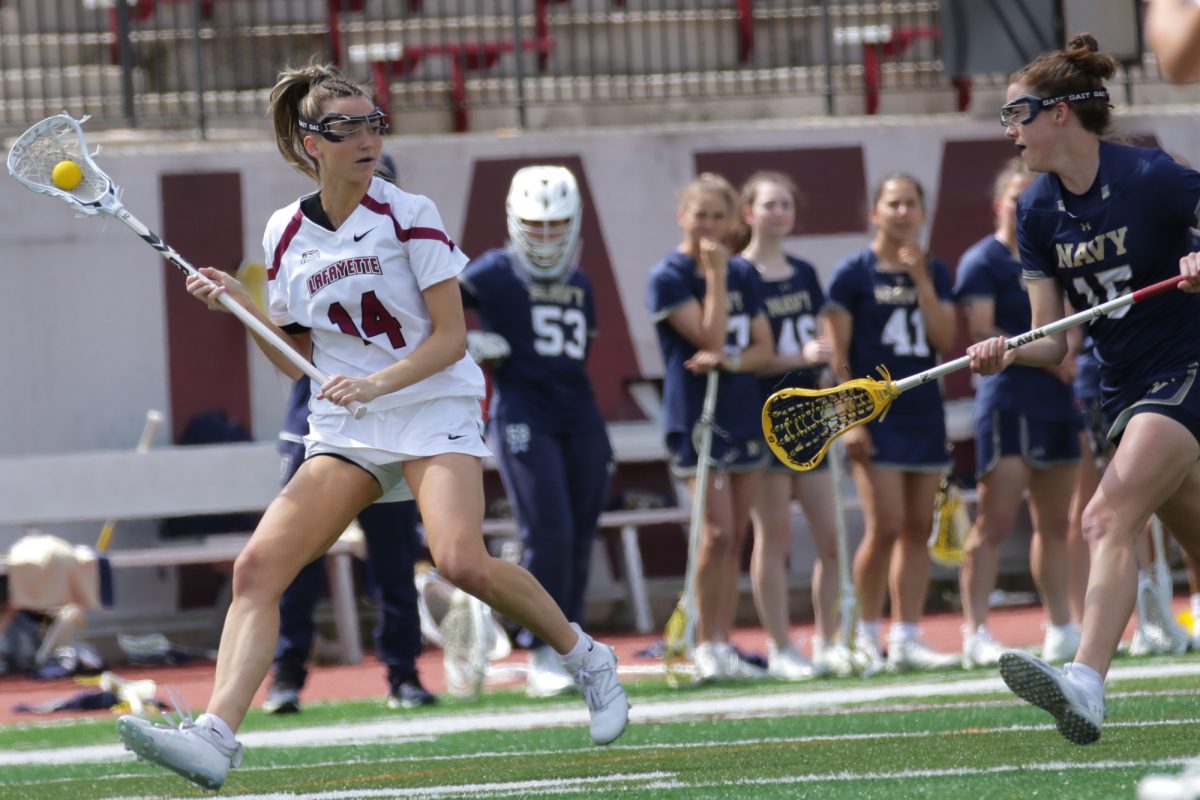Every year starting in mid-March, everything in the professional sports world takes a back seat to what many call the most exciting postseason in all of sports.
In a 68-team, 67-game mega-tournament, basketball powerhouses like Kansas and North Carolina can be matched up with small schools like our own.
And just that is part of why the tournament is so intriguing. No matter the conference, no matter the size of school, yours might have the chance to compete for the national championship year in and year out.
While our Leopards may be sitting this year’s tournament out, the thrill of the tournament remains. But why?
For starters, there are an overflow of games. It’s a sports junkie’s dream. The games overlap, and in the first round there are often four, and sometimes five games on at once. To make viewership even more extreme, CBS nationally televises every game on one of its subsidiary networks.
Any TV in America can flip to a few different channels and have access to any of the tournament’s games. At home, at work or at the DMV, the NCAA tournament is everywhere in March.
But why is the tournament shown on every corner? Because it’s so gripping.
Not only do games often come down to the bitter end, but every single game in the NCAA tournament could be each team’s last. The sports culture in this country craves the do-or-die.
In Europe’s most popular soccer leagues, there is no “postseason,” but rather tournaments throughout the year that act as additional achievements to winning the league title, which simply requires finishing the season in first place.
Even in these tournaments, the do-or-die we love in American sports is often absent.
Take England’s FA Cup for example. Up until the semi-finals, each match has the possibility of a rematch. That means fans can get pumped for a playoff game, spend a fortune on tickets, pile into the stadium, cheer their team on and watch 90 minutes of soccer only to see the game end 0-0. In this case, the two teams would meet again two weeks later for a rematch.
Excuse me? Do you think that would fly in America? The NHL axed the tie after the lockout in 2004-2005 for just that reason. As a result, tiebreaking do-or-die shootouts occur weekly.
In the last four NBA finals where the series came down to a winner-take-all game seven, the Nielsen ratings were significantly higher in the final game than the one before (where a champion still could have been crowned).
The do-or-die game is the norm in March Madness. Every single game has the feel of a game seven.
And of course, there’s the famous bracket to fill out. Avid and casual fans alike can compete in pools with their friends, family and co-workers to win money based on their March Madness predictions. It’s the one point in the year where openly gambling on sports at work is acceptable.
You can be invested in every game if you fill out a bracket and attempt the impossible task of predicting the winner of every game. And I say “impossible” because no one in the history of March Madness has ever predicted the bracket perfectly.
When filling out a bracket, your college basketball expertise might as well be thrown out the window because the unexpected happens every March, and your roommate who hasn’t watched a basketball game all year or your co-worker who makes picks based on mascots will probably win your pool by sheer luck.
March Madness embodies the perfect storm for excitement that American sports fans desire.
From the widespread coverage to the do-or-die environment present in every game, or the excitement in pulling for your school to the fun in rooting against Duke, March Madness never fails in providing sports fans with the ultimate finale to a sports season.


































































































